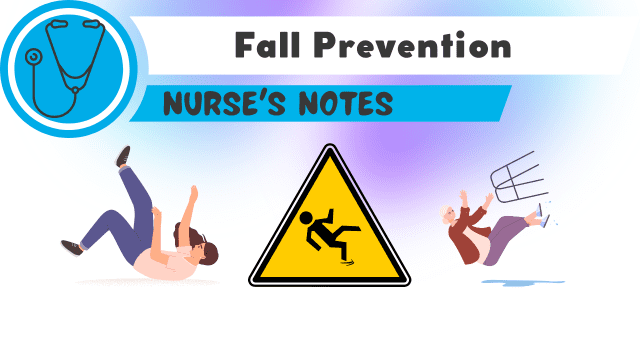Some Known Questions About Dementia Fall Risk.
Wiki Article
Not known Facts About Dementia Fall Risk
Table of ContentsThe Of Dementia Fall RiskDementia Fall Risk Fundamentals ExplainedThe Definitive Guide for Dementia Fall RiskDementia Fall Risk for DummiesThe Best Guide To Dementia Fall Risk
In the area, insufficient street lights or unguarded creeks and land fills may also trigger crashes. Autumns Threat Evaluation Device (FRAT) is a 4-item falls-risk screening device for sub-acute and domestic treatment. The FRAT has 3 areas: drop danger standing, threat aspect checklist, and action strategy. A Fall Threat Condition includes information regarding history of recent drops, medicines, mental and cognitive condition of the patient.If the individual ratings on a danger aspect, the matching number of factors are counted to the client's fall risk rating in the box to the much. If a client's autumn risk rating amounts to five or higher, the person goes to high risk for falls. If the client scores only 4 points or reduced, they are still at some risk of falling, and the registered nurse should use their ideal professional evaluation to take care of all fall risk factors as part of a holistic care strategy.
These typical approaches, in basic, aid establish a secure environment that reduces unexpected drops and delineates core preventive measures for all patients. Signs are vital for clients at threat for falls.
Dementia Fall Risk for Dummies
Wristbands need to include the person's last and initial name, date of birth, and NHS number in the UK. Just red color needs to be made use of to signal unique person condition.
Items that are as well much might call for the person to reach out or ambulate unnecessarily and can potentially be a threat or add to falls. Aids protect against the individual from going out of bed without any kind of support. Registered nurses respond to fallers' telephone call lights faster than they do to lights started by non-fallers.
Aesthetic disability can considerably trigger falls. Hip pads, when put on effectively, may decrease a hip crack when loss happens. Maintaining the beds closer to the floor minimizes the danger of falls and serious injury. Placing the mattress on the flooring dramatically reduces autumn threat in some healthcare setups. Low beds are created to reduce the distance a patient drops after relocating out of bed.
Dementia Fall Risk Can Be Fun For Anyone
People who are tall and with weak leg muscular tissues that try to rest on the bed from a standing position are most likely to fall onto the bed due to the fact that it's also reduced for them to lower themselves securely. Also, if a tall person efforts to obtain up from a reduced bed without support, the person is most likely to drop back down onto the bed or miss out on the bed and fall onto the flooring.They're designed to promote prompt rescue, not to stop falls from bed. Audible alarm systems can additionally advise the person not to rise alone. Making use of alarm systems can additionally be an alternative for physical restrictions. Apart from bed alarm systems, enhanced guidance for risky people likewise might help stop drops.

People with a shuffling stride rise fall possibilities substantially. To reduce autumn risk, footwear need to be with a little to no heel, thin soles with slip-resistant tread, and sustain the ankle joints.
The Greatest Guide To Dementia Fall Risk
read here Clients, especially older adults, have minimized visual ability. Illumination a strange atmosphere aids increase visibility if the patient must stand up at night. In a research, homes with adequate illumination report less drops (Ramulu et al., 2021). Enhancement in illumination in the house may reduce fall prices in older adults (Dementia Fall Risk). Using stride belts by all healthcare carriers can promote safety when helping clients with transfers from bed to chair.
Sitters work for assuring a safe and secure, safeguarded, and secure setting. Research studies showed very low-certainty evidence that sitters lower fall threat in intense care hospitals and just moderate-certainty that options like video clip surveillance can lower sitter usage without increasing autumn risk, suggesting that caretakers are not as beneficial as at first thought (Greely et al., 2020).
Rumored Buzz on Dementia Fall Risk

Raised physical fitness minimizes the danger for falls and limits injury that is received when autumn transpires. Land and water-based exercise programs may be similarly helpful on balance and gait and therefore minimize the risk for drops. Water workout may add a positive advantage on balance and stride for women her response 65 years and older.
Chair Surge Exercise is a straightforward sit-to-stand exercise that aids reinforce the muscle mass in the thighs and butts and boosts movement and self-reliance. The goal is to do Chair Surge workouts without making use of hands as the client becomes stronger. See sources area for an in-depth guideline on how to do Chair Surge workout.
Report this wiki page